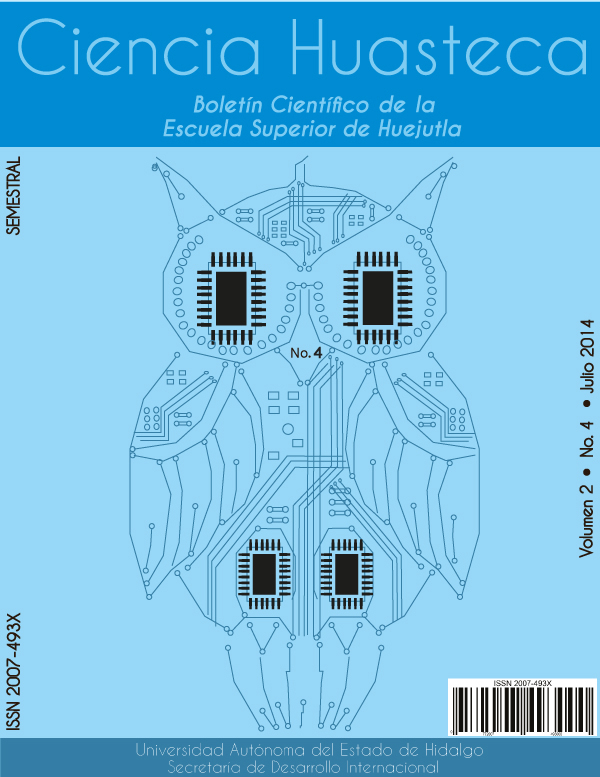Implementación de algoritmos de Control y Monitoreo Virtual basado en un Dispositivo Terapéutico Neurovisual
DOI:
https://doi.org/10.29057/esh.v2i4.1066Palabras clave:
.Resumen
El escaneo con movimientos oculares ha sido reportado como una táctica eficiente en la rehabilitación de pacientes con enfermedades de las vías neuronales visuales. La neuroplasticidad es reportada como una posible causa de este método de terapia particular en humanos con medición de comportamiento delicada. Por lo tanto, proponemos la implementación de un algoritmo de control basado en lenguaje G para controlar un novedoso dispositivo láser servo-mecanizado para la rehabilitación en enfermedades de las vías neuronales visuales, como hemianopsia, cuadrantanopsia y escotomas basados en movimientos sacádicos utilizando dos programas diseñados. El primero permite a los médicos crear secuencias de estímulos audiovisuales y el segundo ejecuta la terapia multisensorial creada durante un tiempo deseado entre 20 y 60 minutos. El algoritmo controlará un dispositivo que consiste principalmente en un puntero láser rojo, dos servos y nueve zumbadores, de acuerdo con la secuencia previamente diseñada, en función de las deficiencias visuales de cada paciente. El puntero láser, utilizado para presentar los estímulos visuales sobre un fondo negro y es controlado con un arreglo de servomotores de dos grados de libertad; Para controlarlo se utilizan cálculos de cinemática directa. Las instrucciones (número de timbre, coordenadas cenital y acimutal) se envían a un microcontrolador a través de USB con un circuito controlador USB a serie y un puerto COM virtual.
















